NCN 1 Stage 10 Scarborough to Redcar
Saltburn-by-the-Sea
Ride overview
An old railway line which even in its heyday was never very successful has been turned into one of the most popular traffic-free bike paths in England. The 21 mile Cinder Track forms the first part of the day’s ride. Rising across fields and through the usual railway embankments you climb (1:29) to Ravenscar, at the town which never was. As you continue along the track, from here to Whitby, there are many memorable views across the North Sea. Whitby’s gorgeous, a mix of an old abbey, a sea port, fish and pedestrianised High Street, is as good as any place to chill out - particularly if you’re in need of a relaxing day off. Carrying on to Redcar you’ll need a degree of fortitude, as officially Sustrans, the charity which overseas the cycling network, has withdrawn this 21km section from the overall route. You are forced to ride on a main road, where the traffic is fast but unless it’s the very height of the season it is not such a busy road. Once at Staithes, another improbably lovely village beside the sea, the route returns to its normal self; hills, beautiful former fishing villages sheltering in bays, expansive views and small roads, all the way to Redcar.


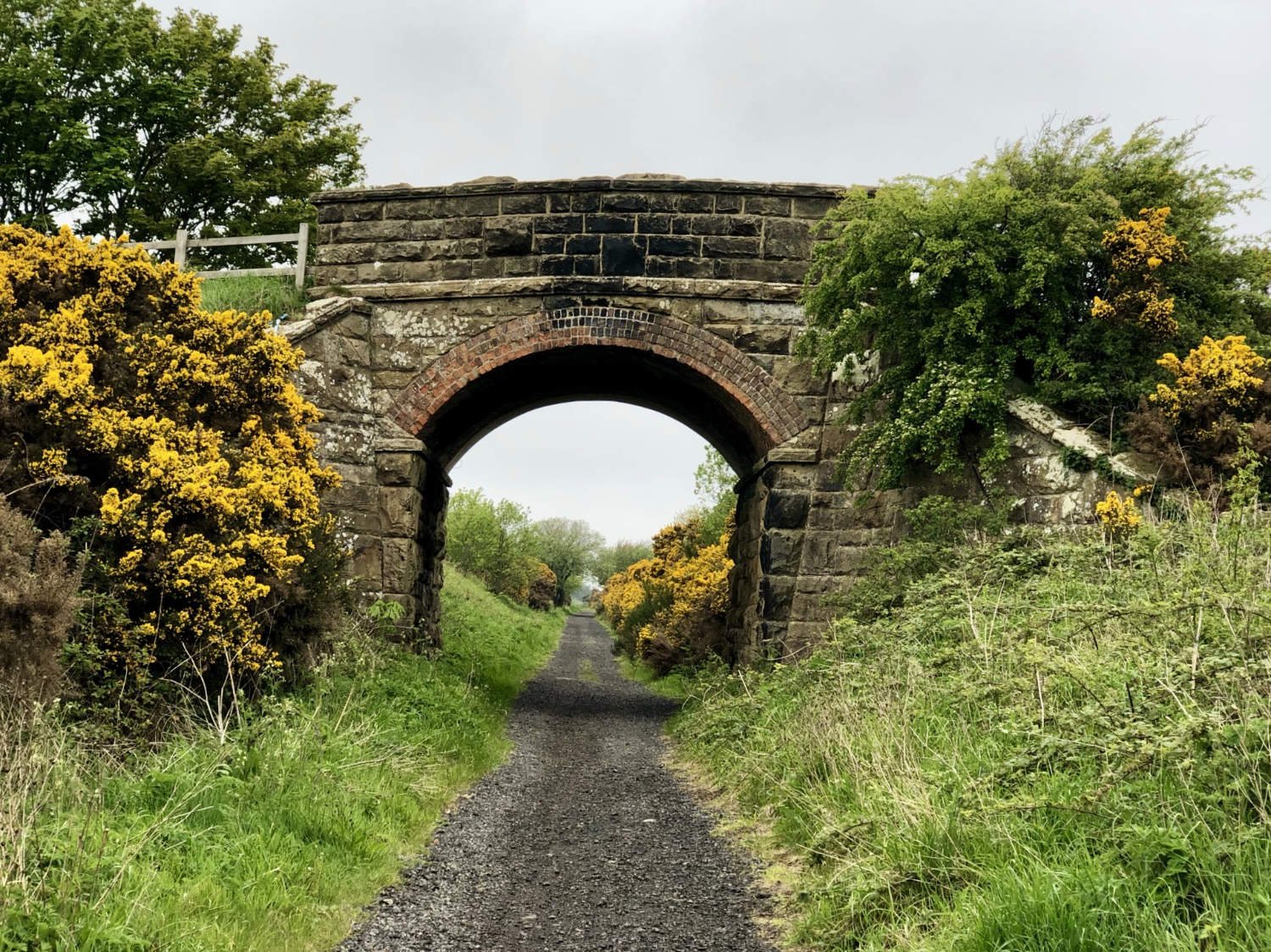
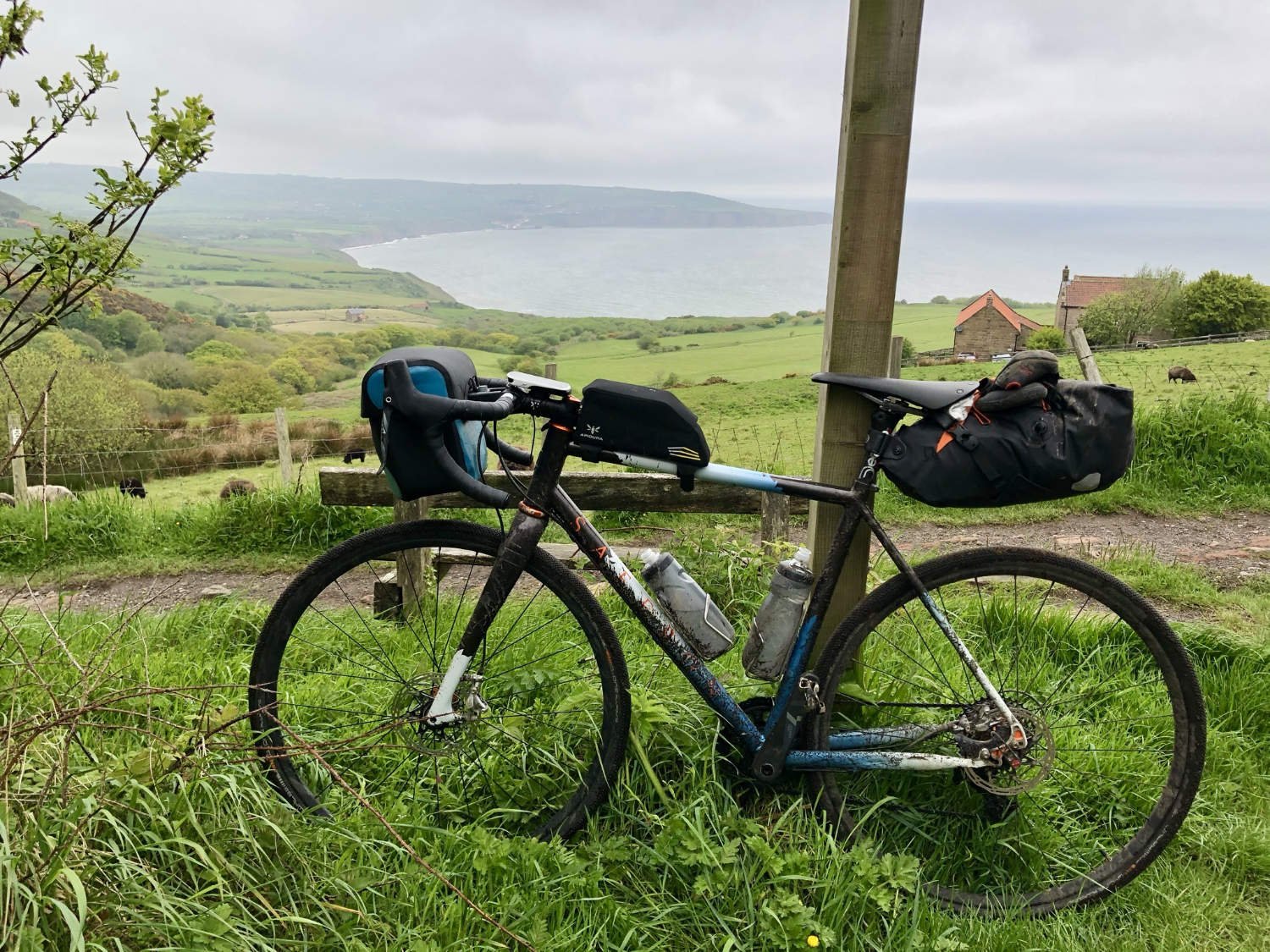


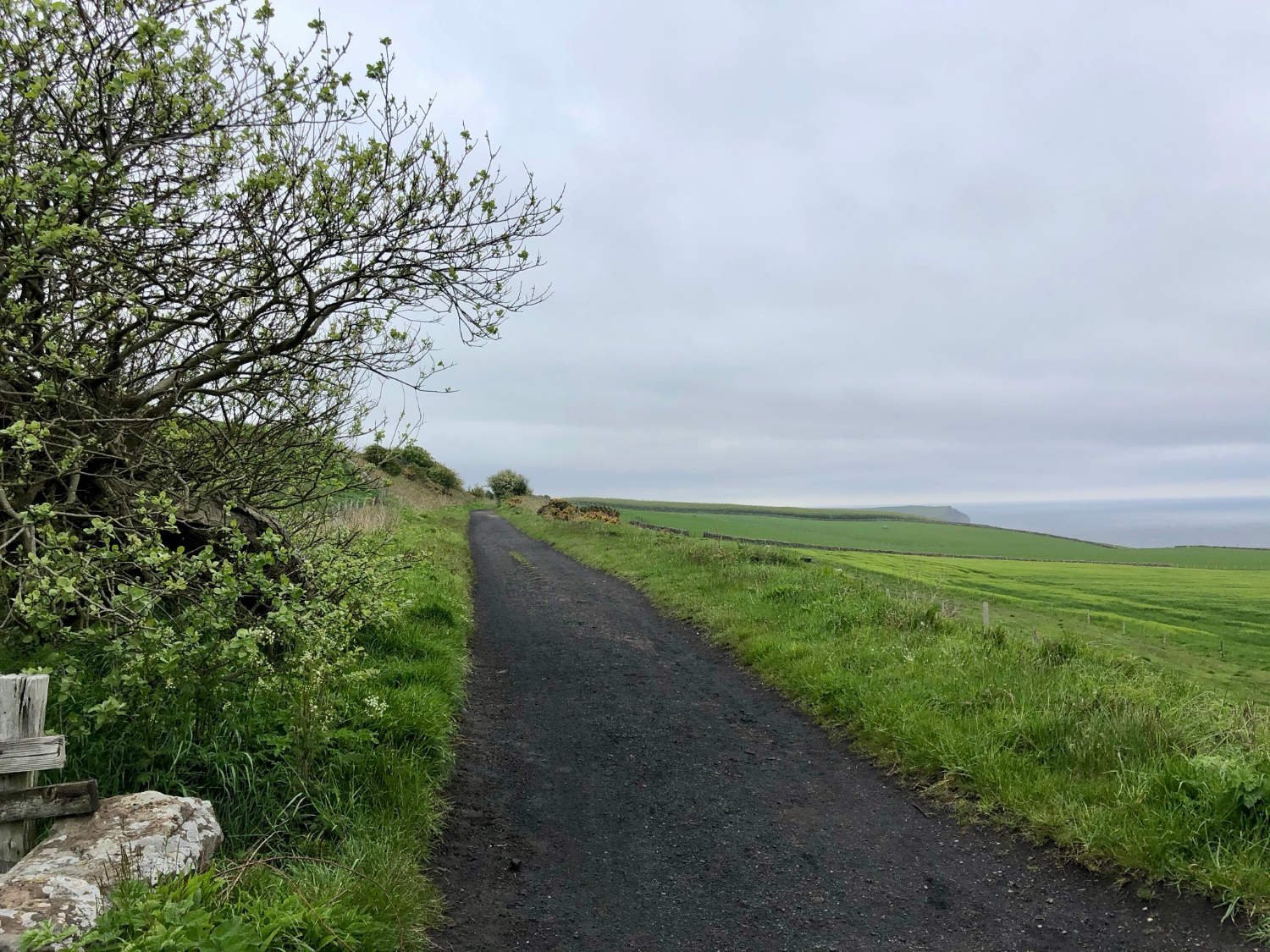


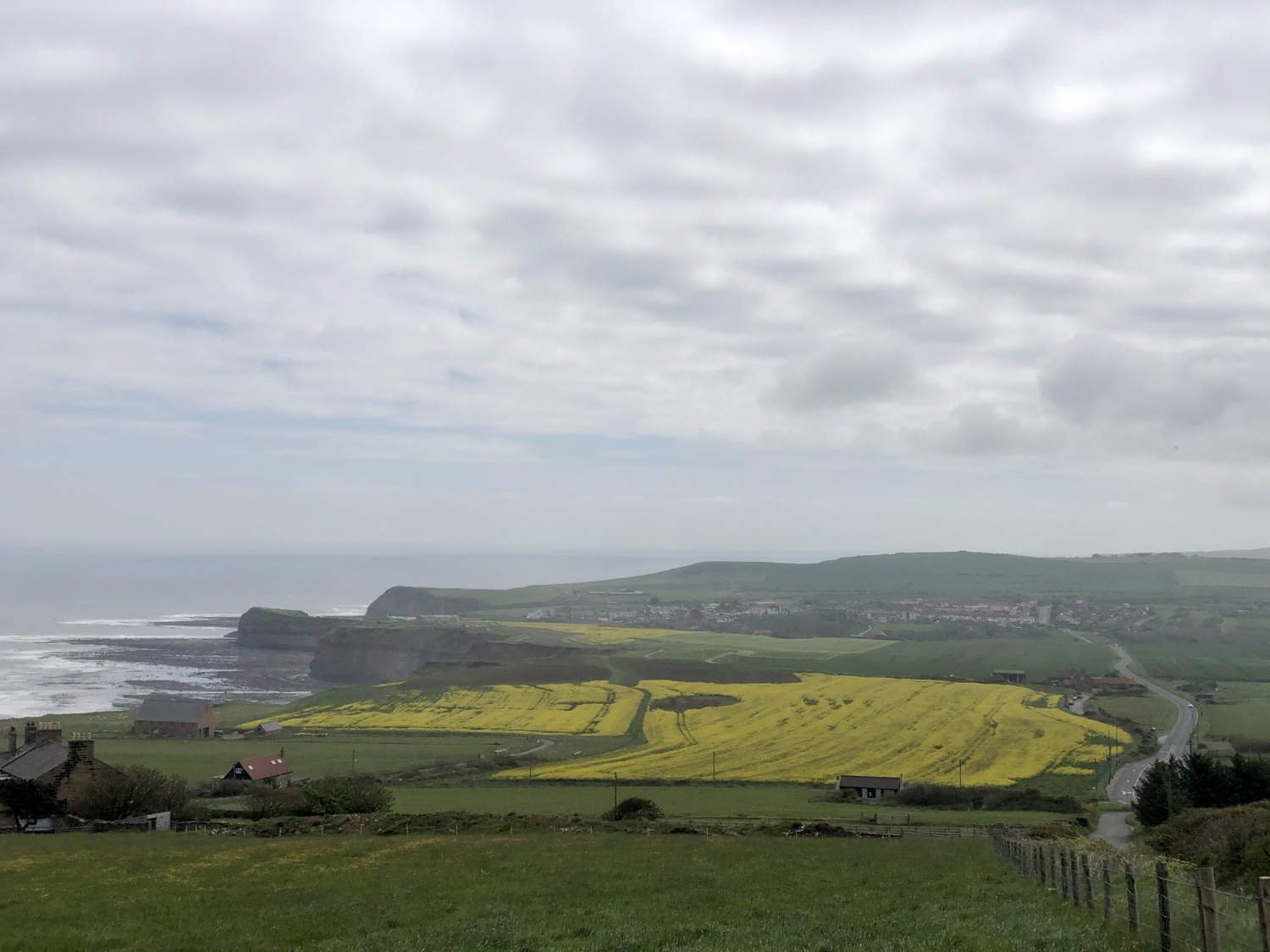

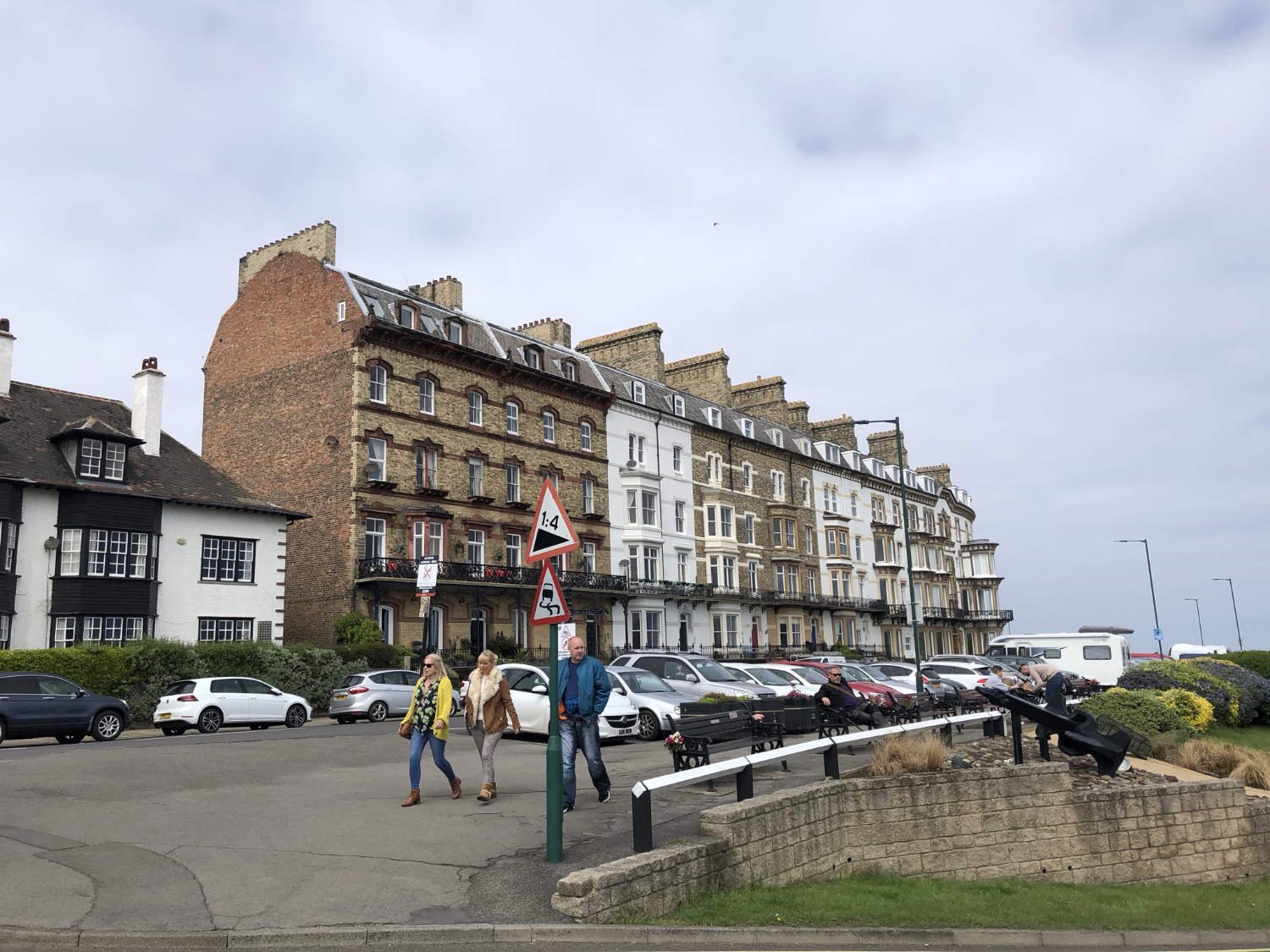
Ride Practicalities
The route is well signed throughout as NCN 1.
START/FINISH: Scarborough/Redcar DISTANCE: 80km TOTAL ASCENT:1035m TERRAIN AND SURFACES: The surface of the Cinder Track is deteriorating, but still very rideable (2024). After Whitby, you have to cycle on the A174 which is a busy main road and has been withdrawn from the National Cycle Network as a result. The alternative is a train to Middlesborough. However, it’s only 21km and there are opportunities to leave teh road and visit Runswick and Staithes. RECOMMENDED CAFÈS/PUBS/ACCOMMODATION: Whitby: The Royal Hotel, (a characterful and fading hotel with views overlooking the sea. Perfect if you’re tired and need a break!) Opportunities here to seek your own places and note them in the ‘comments’ section below NEARBY MAINLINE TRAIN SERVICES: Scarborough, Whitby, Redcar PLACES TO VISIT; Whitby; The Captain Cook Trail, Whitby Abbey, Carlin Howe, The land of iron museum LINKS TO OTHER RIDES: NCN1 Stage 9 and stage 11, The North York Moors Gravel Weekender
Ride Notes
Scarborough has seen more prosperous times and for all it’s trumpeting as being the world’s first seaside resort, it is in need of some love and care. Leaving it is well signposted and within a few turns of the pedal you arrive on the Cinder Track. This 21 mile former railway is one of the highlights of the whole trip north. Initially you may wonder why, since there are embankments blocking the wider views, but as you climb on a 1:29 slope, views appear through trees of the sea and high Yorkshire Moors.
A dirty bike and the North Sea
Once at Ravenscar, the top of the climb, there is nothng but sea views all the way to Whitby. Ravenscar was designed as new resort; sewers and fresh water pipes laid, a street pattern marked out, and town hall built, but that is as far as the new Victorian seaside resort ever got. Developers were put off by the long trudge to the rocky beach and the steep return back to town.
Riding onwards, you could as you pass, dive down off the route towards Robin Hood Bay, one of England’s prettiest seaside towns. Orange-red roofs the colour of tomato soup, narrow alleys and a dinky little harbour make it very Instagrammable. There are plenty of cafes and tourists, and a 30% climb back onto the route.
Robin Hood’s Bay (on a nice day!)
After a delectable ride around the bay, you arrive in Whitby, once home to Dracula and Captain Cook as well as a fleet of fishing vessels. The clifftop abbey is spectacular, the town very picturesque, the history engrossing. It’s a town to dawdle in. Try not to miss it by cycling through. (It also makes for a good overnight stop, particularly if you stopped off in Bridlington the previous night)
The Herring Girls, Whitby
The next section from Whitby to Staithes can be busy, particularly in high season, as you are forced to ride on the A174. It is the least pleasant section of the whole route (from Dover to Shetland). That said, it is wide, the sight-lines are good and you should have no issue. The alternative is to take a train to Middlesborough and then back out to the coast to Redcar. Brave the road and if you have the energy, it’s worth deviating off to Runswick Bay, a picture postcard village by the sea. There are lovely views around the bay, The Royal Hotel sells a good meal and beer, and the cottages with their pantiled roofs might make you wish to take up painting. It’s less crowded than Robin Hood’s Bay, and the return to the main road is nothing like as steep. If you don’t fancy this, stick to the main road and continue onwards to Staithes.
Staithes is another contender for the Yorkshire Coast’s seaside small town of the year. A quaint harbour, old fishermen’s homes grouped around a pretty harbour. The whole village is encased by steep cliffs, which yes, does mean a steep ride out of town. There are cafe’s and pubs to rest in too.
Once you’ve pulled yourself away from the picturesque delights of Staithes and made it back up the hill, you ride past Boulby Mine with its huge chimney. It began life as a potash mine and now is the worlds’ first commercial polyhalite mine, a potash based mineral which is extracted and used as a fertiliser. A gritty/salty bi-product is used to grit the roads in winter. The mine is Europe’s second deepest (of any kind) at 1,400 metres and has a network of over 1000km of underground roads extending under the North Sea. So deep is the mine, that it takes miners over seven minutes to go from surface to the floor.
Boulby Bank Farmhouse
Boulby Bank is a beast of a climb, on a single track road. Once at the top, the views over the sea and of the land you’ve just ridden over are extensive and marvellous. In a field just off the road are a couple of sound mirrors. These were built in 1916, “specifically to provide early warning of Zeppelin attacks on the Skinningrove Iron Works 5km to the north west.” Skinningrove works manufactured high explosives and later mustard gas.(ref Historic England). However, note that you’ll only see the back of the sound mirror from the road since it is on private land and there is no public footpath to it. If you’re really keen you’ll have to seek permission from the nearby farmhouse in order to access them.
After more ups and downs - today is not a flat stage, which is why its relatively short - the feel and tone of the ride changes as you enter the ‘world of iron’. From Loftus until Newcastle late into tomorrow’s stage, you ride through a post-industrial landscape. Behind you the tourist hot-spots of the coast, ahead of you, gritty terraced housing and a proud industrial past. There’s a small museum in Carlin Howe which will provide some background to the land through which you’re about to ride through.
Saltburn-by-the-Sea
But we are not yet done with Victorian seaside resorts. In the Victorian era, leisure time was strictly limited. Days out were real family treat and seaside resorts competed for custom. Many railway branch lines were built so the working families could access the sea from the industrial towns. Developers invested in hotels and often piers. In Saltburn-on-sea, John Anderson built the Alexandra Hotel on the seafront and a small pier which opened in May 1869. It was a great success. Over 50,000 visitors paid to walk the 450m to the end. Passenger steam ships from Scarborough and Bridlington laden with pleasure seekers. Anderson also built Britain’s first furnicular railway which took visitors back up to the cliff top from the beach. In 1875, a ferocious gale reduced the pier’s length, as did another in 1924. What you see today was created in 1990.
Marske-by-the-Sea
After Marske-by-the-Sea, the road flattens out and it’s a flat run in to Redcar. A wind may blow off the German Sea, as the North Sea was known until WWI. Redcar makes for a fine stop. It is the last of the old Victorian Resorts, before the next leg takes you into the North-East’s Industrial Heartlands.
Every route on this website has been carefully researched as well as ridden. However situations on the ground can change quickly. If you know of changes to this route, or cafes, pubs and the like which you think other cyclists need to know about, feel free to share your thoughts below.
If you enjoyed this guide, why not subscribe to the website so as not to miss other inspirational routes?
wheremywheelsgo.uk is a Feedspot UK Cycling top website







